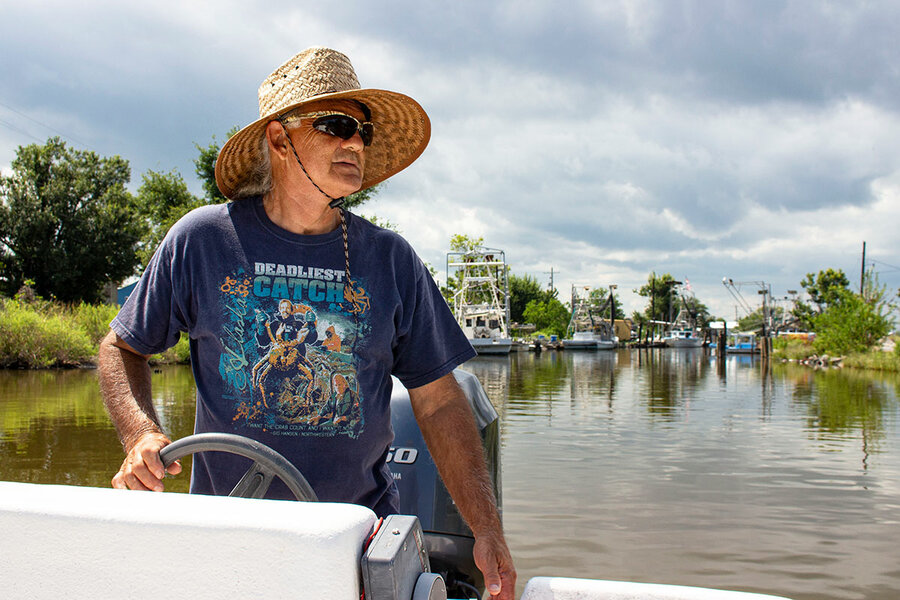Original publication by Mara Budgen and Kantari Suzuki for japantimes.co.jp on 16 January 2023
Conservationists are calling for an alternative vision of rural development in order to protect the species from extinction
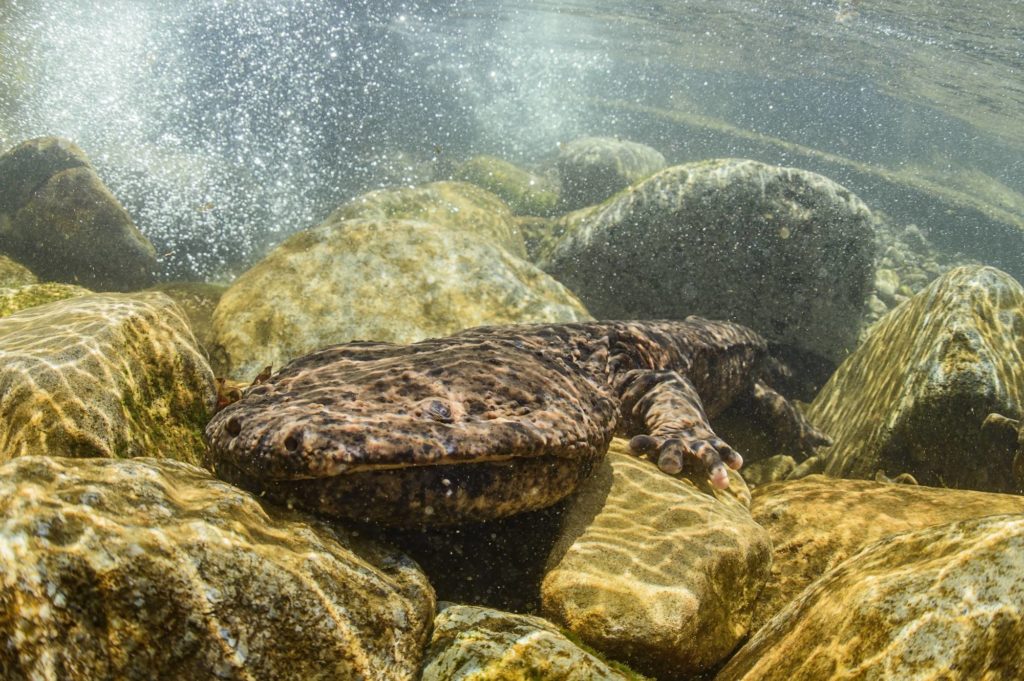
GETTY IMAGES
Prior to the COVID-19 pandemic, dozens of international visitors traveled thousands of kilometers each year to Nichinan, Tottori Prefecture, to see an ancient creature found only in the rivers of central and western Japan — the Japanese giant salamander.
The amphibian can grow up to 1.5 meters in length, weigh as much as 40 kilograms and is the second largest of the world’s three main giant salamander species.
“You can see where all the lore and myth (comes) from (when encountering) one of these incredible, enormous river dragons,” says Coyote Peterson, star of the Brave Wilderness YouTube channel, in a video about Japanese giant salamanders filmed in Tottori in 2018.
The success of this and a similar video, which have together clocked more than 20 million views on YouTube, is emblematic of the creature’s allure.
“It’s a bucket list animal for many people,” says Richard Pearce, an ecotourism consultant who used to run a Japanese giant salamander tour in Nichinan supported by the Environment Ministry, and now operates one in Daisen, another town in the same prefecture.
The Japanese giant salamander has been protected as a cultural property under Japanese law since it was declared a “special natural monument” in 1952. It is illegal to hunt the animal and only those with a special license are allowed to touch it.
However, like 41% of amphibian species threatened with extinction globally, Japanese giant salamander numbers are declining.
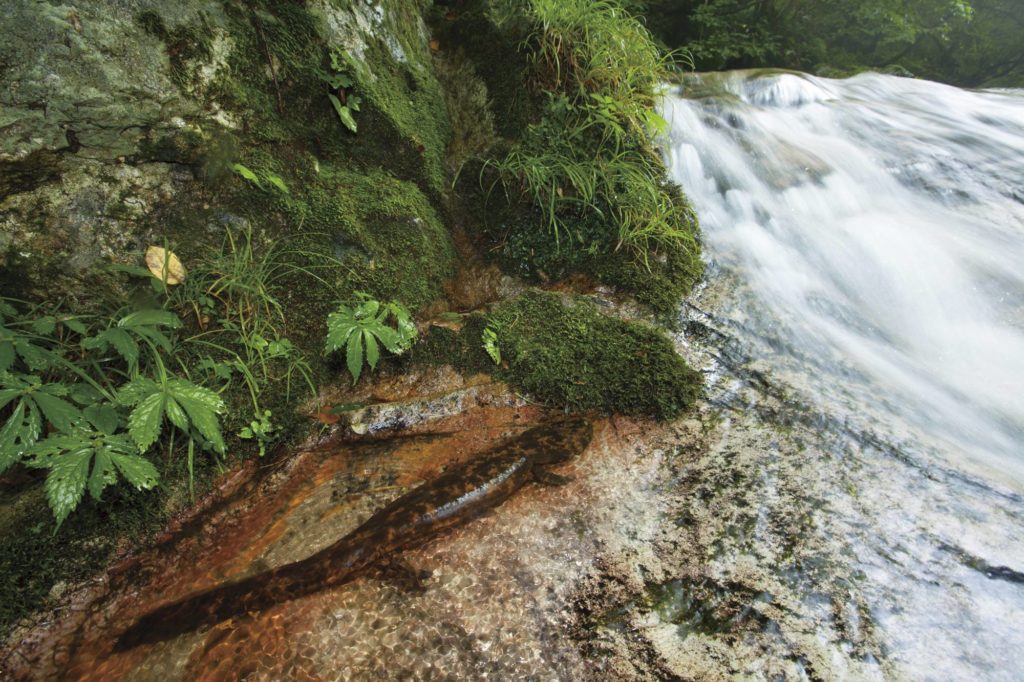
TOPOUTIMAGES YUKIHIRO FUKUDA
In December, the International Union for Conservation of Nature updated the animal’s status on its “red list” of threatened species from “near threatened” to “vulnerable.”
This means that the Japanese giant salamander is internationally recognized as threatened and is a species “facing a high risk of extinction in the wild,” according to the red list’s classification.
One of the main impediments to the amphibians’ survival are concrete structures in rivers such as dams, weirs and embankments.
The animals struggle to climb over or swim around these barriers and, as a result, they are prevented from migrating upstream to reach breeding sites. Concrete also destroys the natural dens where salamanders hide during the day and where they breed and nest.
The concrete structures that impede migratory routes to breeding grounds typically result in Japanese giant salamander habitats becoming fragmented.
“When animals exist in smaller, fragmented populations, they’re much weaker against natural or anthropogenic events that can cause their local extinction,” says Mizuki Takahashi, an amphibian expert and associate professor in biology at Bucknell University in the United States.
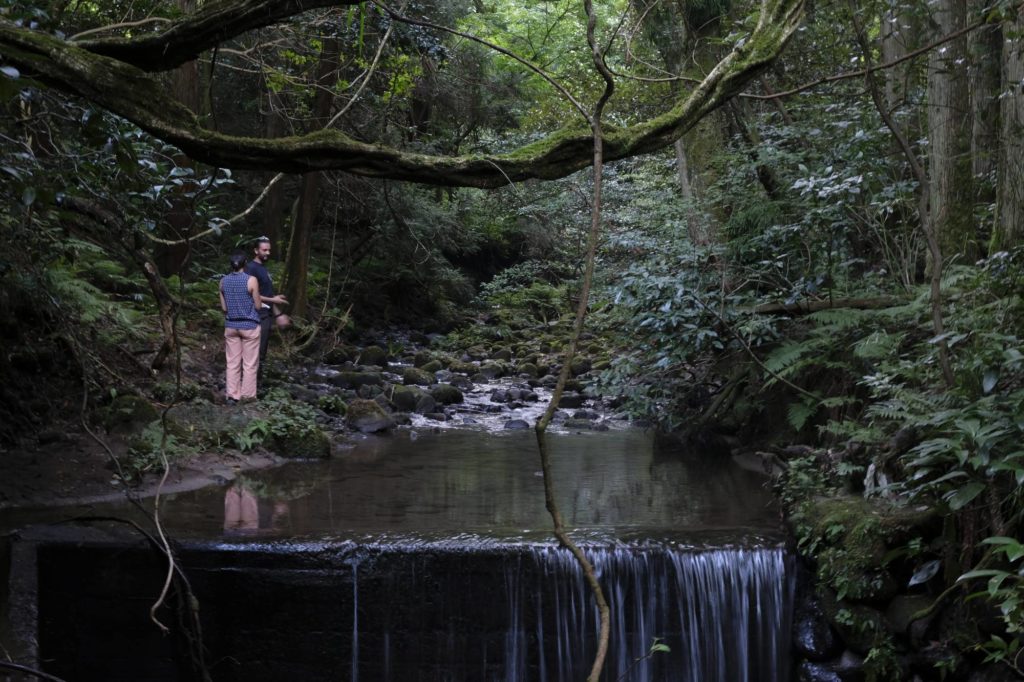
MARA BUDGEN
Furthermore, some experts estimate that the Japanese giant salamander has lost its unique genetic lineage in roughly half of its total habitat by mixing with Chinese giant salamanders — the world’s largest salamander species — which were first introduced to Japan’s rivers in the 1970s.
Pearce, who is British and moved to Japan in 2010, founded nonprofit organization Sustainable Daisen in late 2021 to spearhead conservation efforts in Daisen, where he lives.
One of the organization’s main goals is to build ramps that allow Japanese giant salamanders to move across weirs, restoring the connection between different parts of their habitat in the Nawa River Basin at the foot of Mount Daisen, the highest peak in Tottori Prefecture.
Sustainable Daisen has already succeeded in building temporary ramps made of stones and wood across four weirs, the first ever in the Nawa River Basin. The organization aims to construct permanent structures in either concrete or metal in additional locations.
Yet, convincing the local community and government officials that public funds should be used to build such structures is a challenge.
“In rural municipalities, conservation isn’t necessarily prioritized because it’s difficult to allocate resources to it,” says Naoki Nakayama of the Environment Ministry. Nakayama was once superintendent of Daisen-Oki National Park, which includes Mount Daisen.
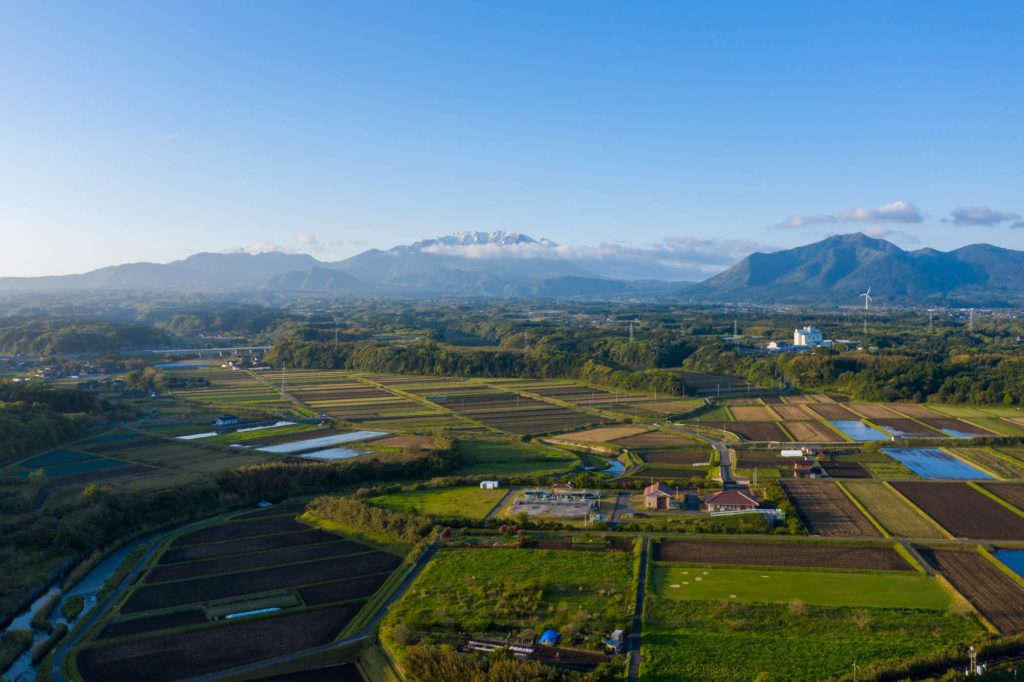
SUSTAINABLE DAISEN
Although research is lacking and no one knows how many Japanese giant salamanders live in the wild, Pearce believes they could disappear in the next 20 to 30 years unless “urgent action” is undertaken.
It’s possible the species could eventually be wiped out, agrees Yuki Taguchi of the Japanese Giant Salamander Society.
“There are probably areas in which local populations are already extinct,” Taguchi adds.
Changing habitat
Japanese giant salamanders, which are generally known as ōsanshōuo in Japan (among other localized names, including hanzaki), can live to over 80 years old and are considered “living fossils” because their biology has changed little over millions of years.
In communities such as Daisen, these animals are embedded in local folklore. For example, salamander consumption was banned under the 1952 law, and there is no evidence that it persists in Japan today.
But Seiji Matsuda, a rice farmer in Daisen in his 70s, recalls how when he was a child, locals believed eating a giant salamander with five instead of four fingers on its front limbs had various “medicinal properties.”
Such customs have changed drastically in the postwar period, as have the natural landscapes where Japanese giant salamanders live.
“Japan lays about 30 times as much (concrete) per square foot (0.3 square meters) as the United States,” based on the amount of concrete each country produced in 1994, writes Alex Kerr in 2001’s “Dogs and Demons: Tales From the Dark Side of Modern Japan.”
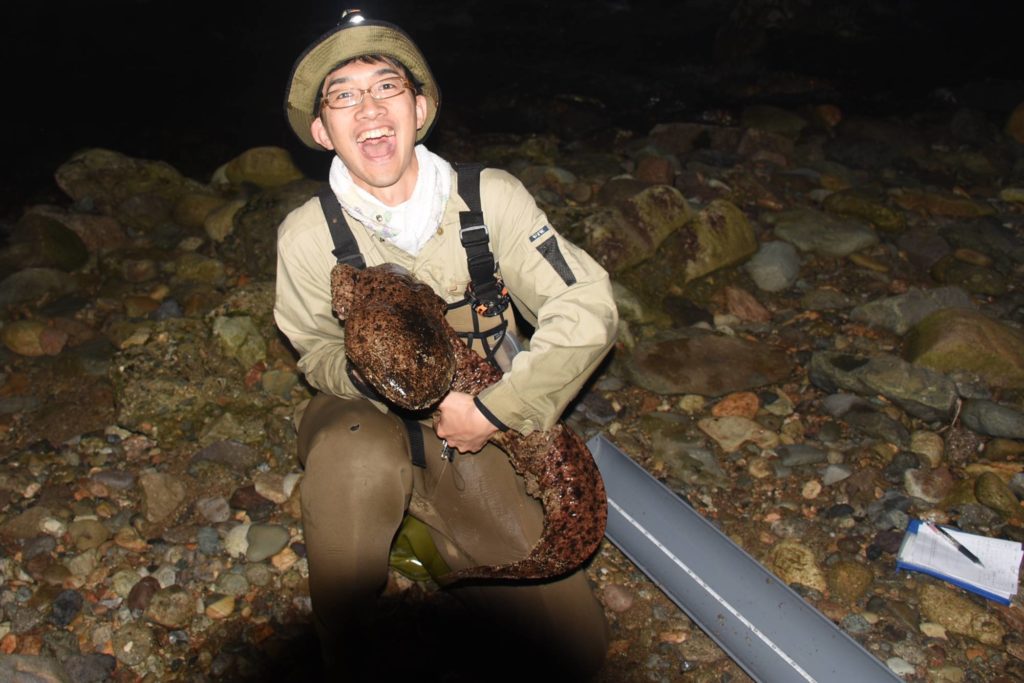
COURTESY OF YUKI TAGUCHI
Construction has represented a fundamental pillar of Japanese social and economic development since the Meiji Restoration of the 19th century to today.
“Infrastructure is very much tied up with the idea of … what it means to be an advanced, industrialized country,” says Peter Matanle, a senior lecturer in Japanese studies at the University of Sheffield in the United Kingdom.
And construction is central to Japan’s political economy, according to author Gavan McCormack, who coined the term “construction state,” based on a Japanese expression — one frequently used to describe Japan’s government apparatus.
The effects of this philosophy are clearly visible in rivers across the country, which have been significantly altered following decades of infrastructural development to control flood risk and provide hydroelectric energy, among other things.
According to government data from 2018, Japan has 2,650 dams, but this number doesn’t account for myriad smaller structures — those under 15 meters tall and therefore not classified as dams.
A push to modernize agriculture in the early postwar period by standardizing the size and shape of fields and improving irrigation led to many rivers in rural areas being straightened and weirs and embankments being built.
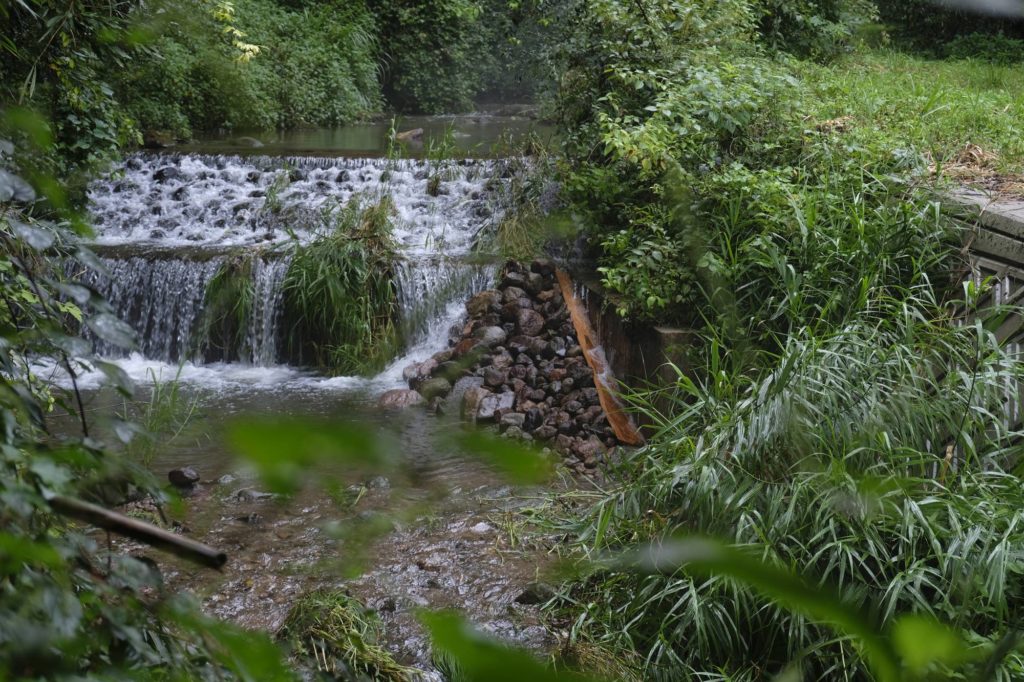
MARA BUDGEN
In Daisen alone, 50 river constructions (including but not limited to weirs) are found on a six-kilometer stretch of the Nawa River and its tributaries, which is a unique habitat for Japanese giant salamanders as they rarely live at such low altitudes and so close to the sea.
While no evidence of hybridization with Chinese giant salamanders has been found in this area, other threats are intensifying. As a result of climate change, torrential rainfall increased throughout Japan between 1976 and 2020, according to the Meteorological Agency, and heavy rain tends to wash salamanders downstream.
“(Rivers) have been altered in a way that makes more heavy rain even more damaging than it would have been in a natural condition,” Pearce says.
Managing resources
When weirs were first built in Daisen in the 1960s and ’70s, “there simply wasn’t the kind of consideration for the environment … that there is today,” says Tatsunobu Daikoku, who has spent most of his career working for the town of Daisen.
Currently, national legislation protecting cultural properties and guidelines in places such as Tottori Prefecture require contractors to evaluate construction’s impact on Japanese giant salamanders, Nakayama says.
However, mitigation efforts aren’t always effective. In a 2017 documentary titled “The River Dragon,” Sumio Okada, director of the Hanzaki Research Institute in Hyogo Prefecture, says that sometimes giant salamanders are moved to the wrong places and only limited efforts to fit them with tracking devices are made.
“Doing follow-up studies (of the salamanders’ status) means revealing the damage that construction caused, (and) there’s resistance to that,” especially from local governments, Okada says.

MARA BUDGEN
And while giant salamander ramps across weirs have been built in some prefectures, including in Tottori, “more ramps are needed,” Taguchi says.
Takahashi believes time is running out to save Japanese giant salamanders from extinction, but there are currently no systems capable of delivering effective conservation efforts, including but not limited to ramps.
The law protects Japanese giant salamanders but not their habitat, Taguchi says. And because the animal is a cultural property, its administration falls under the Agency for Cultural Affairs, which isn’t staffed with biologists or conservation experts, as both Takahashi and Pearce point out.
Tottori Prefecture’s guidelines on Japanese giant salamander preservation also state that “the (local) cultural property office doesn’t have staff with specialist knowledge of rare wild fauna and flora.”
Furthermore, Taguchi says that unlike in countries such as the United States, where the federal Fish and Wildlife Service oversees amphibian protection, there are few national scientific government entities responsible for giant salamander conservation.
Nakayama from Japan’s Environment Ministry notes that a nationwide strategy to stem the animal’s decline doesn’t exist.
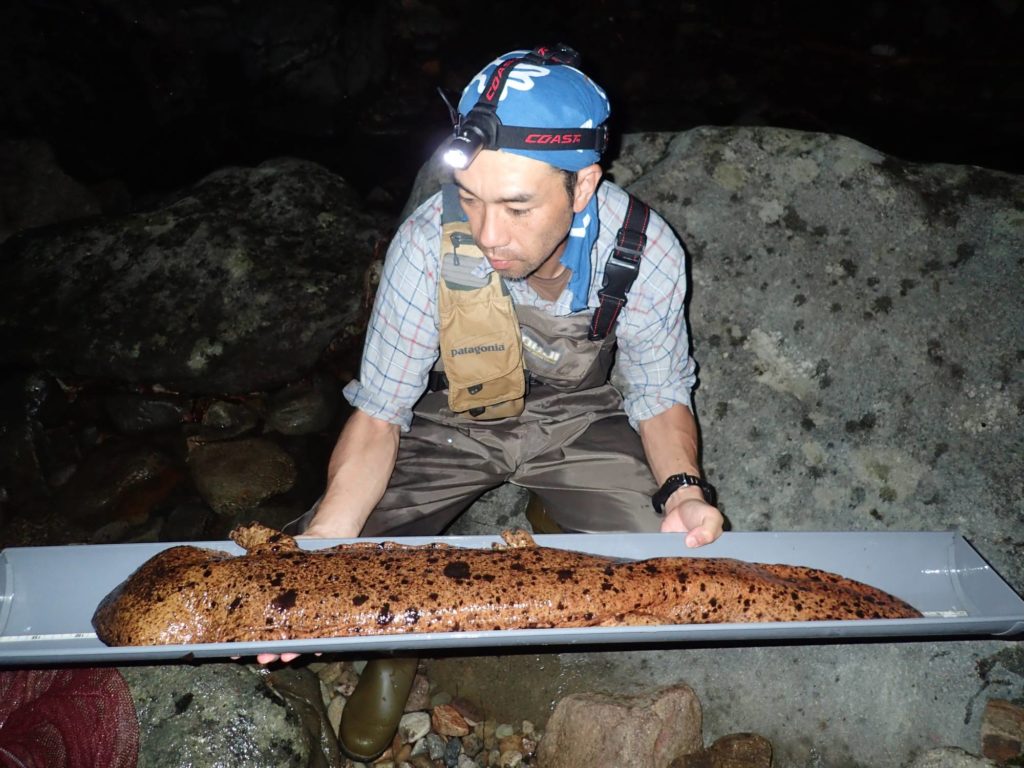
YUKI TAGUCHI
Some believe inaction is justified by a dearth of data.
“There are people who believe that salamander numbers are declining, but there’s no data to substantiate that,” says Yusuke Nakashima of Daisen’s cultural property office.
Yet, there’s enough qualitative evidence to suggest salamanders are endangered, Takahashi says, adding that research is gravely underfunded.
In Daisen, one of the obstacles to investing in Japanese giant salamander conservation locally is that the rural town, like countless others in Japan, is home to an aging and shrinking population, and faces diminishing financial resources. For example, Daisen’s revenue is expected to fall by more than 20% in 2026 compared to 2020 levels, according to financial reports published by the town.
“People need to know how public money is used,” says Tetsuya Yutaka of the Daisen Salamander Group, a local conservation organization. If the beneficial aspects of ramps were proven, for example by tracking the number of salamanders that use them, it would be easier to get funds, he adds.
Sustainable Daisen is developing ways to monitor the effectiveness of the ramps it has built. On its part, the cultural property office in Daisen would also be interested in studying their impact, Nakashima says.
However, no such plans are currently being considered, he adds.
Broader implications
Many of Daisen’s residents aren’t aware that Japanese giant salamanders are in trouble.
Because of the species’ national monument status and the existence of local conservation groups, “people think these animals are being looked after,” Pearce says. “But they’re not.”
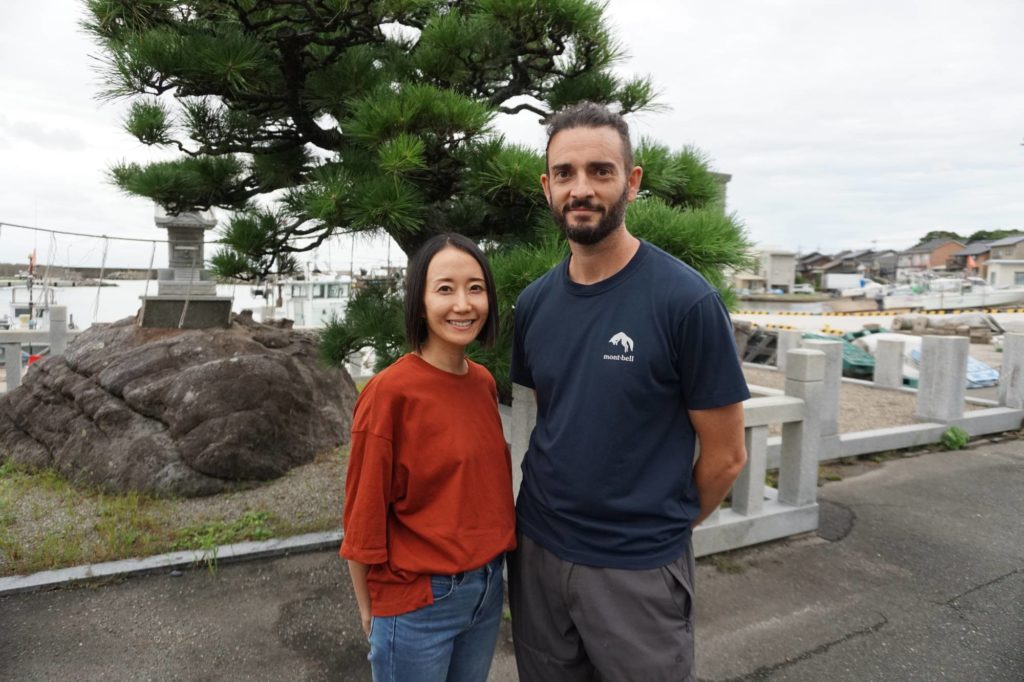
MARA BUDGEN
Lack of awareness about biodiversity loss affects all of Japan, Takahashi says. Environmental education is inadequate and, as a result, “not enough young people are interested in conservation and, if they are, they can’t find jobs (in this field).”
The government doesn’t provide enough jobs for ecologists and “if we don’t have trained people, we can’t really do research,” Takahashi adds.
Pearce’s wife, Kazumi, a key figure in Sustainable Daisen, believes that if the organization succeeds in connecting Japanese giant salamanders’ well-being to people’s daily lives, that “might help change attitudes.”
She says environmental education in schools is the first step. For example, Sustainable Daisen has provided every elementary classroom in Daisen with at least one book about Japanese giant salamanders.
“The goal is to educate people about Daisen’s riches and protect the environment where the Japanese giant salamander lives,” says Hiroyuki Sumi, superintendent of the Daisen School District.
Another avenue is demonstrating the economic value of conservation, which is an official policy of the Environment Ministry, Nakayama says. It was with this intent that the giant salamander tour in Nichinan was created in 2017.
More importantly, however, better environmental management should be seen as a worthwhile goal regardless of its financial dividends, Richard Pearce says.
Sustainable Daisen is trying to demonstrate this by rewilding a neglected cedar plantation and working with landowners to transform abandoned fields into a wildlife sanctuary and organic farming area.
These projects benefit Japanese giant salamanders by improving water quality, as healthy forests better regulate water entering rivers, and ensuring that no harmful agricultural practices or river constructions are undertaken in the sanctuary.
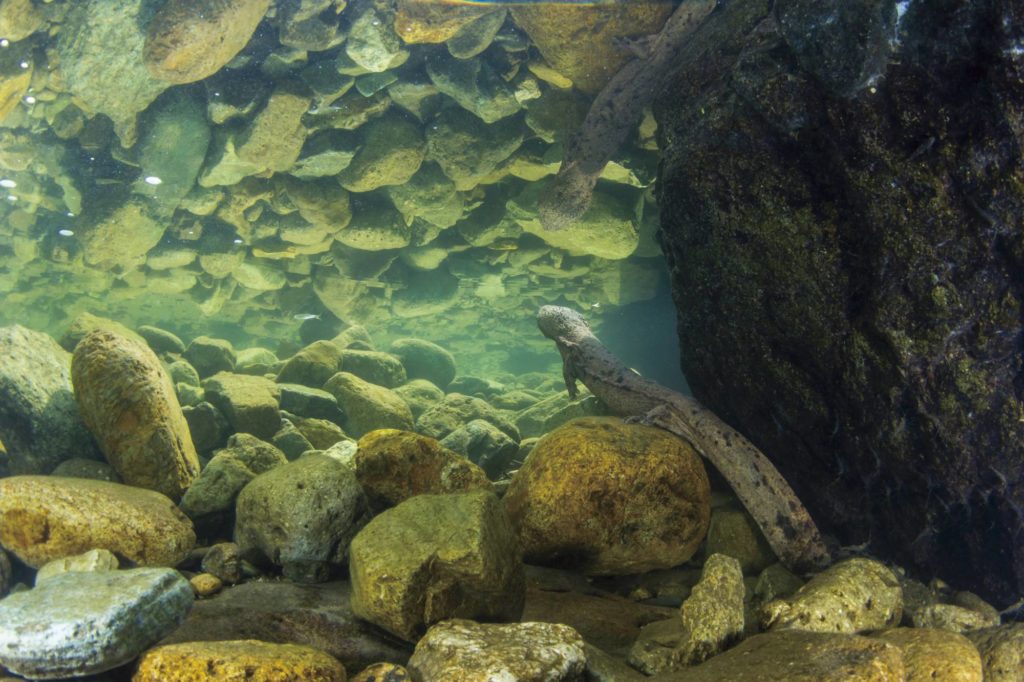
TOPOUTIMAGES YUKIHIRO FUKUDA
What’s more, creating organic fields means providing a food basket for salamanders, as these are home to many species, such as insects, that the amphibians eat.
Beyond that, Sustainable Daisen wants to show that healthy rural ecosystems can be created by promoting biodiversity and habitat preservation, including by ensuring that once-neglected areas recover in ways that benefit the environment and people, Pearce explains.
“The Japanese giant salamander is what is considered an indicator species,” he says. This means that, as an animal at the top of the food chain and one sensitive to environmental changes, its health reflects that of the surroundings in which it lives.
“Therefore, if we really want to save this creature, we’re going to have to fix other broken parts of the countryside.”
This article was produced with support from Internews’ Earth Journalism Network.


